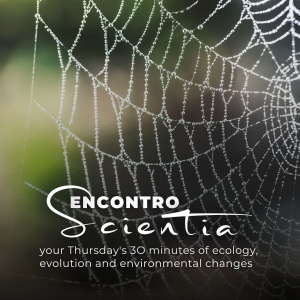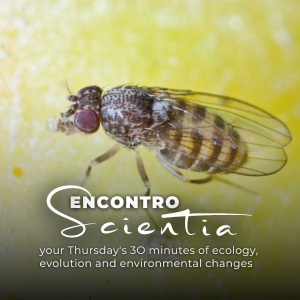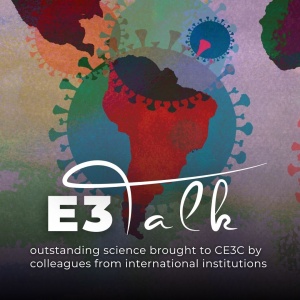To understand the cellular and molecular processes underlying the development of the musculoskeletal system. We are particularly focused on how different cell types and tissues communicate via paracrine factors and extracellular matrix molecules ensuring the development of a physiologically functional system.
To use our knowledge of the normal development of the musculoskeletal system to address what exactly goes wrong in congenital disease states, such as the muscular dystrophies, where the communication between cells and the extracellular matrix are affected and use this knowledge to pinpoint therapeutic avenues for these diseases.
To study, using in vivo models and in vitro cell culture systems, how the physiological and biomechanical properties of the extracellular matrix impact cell responses during development and in pathological conditions, such as in muscular dystrophies or cancer.
To pursue several ongoing collaborations where our expertise on extracellular matrix biology, embryo development, in vitro biological systems and/or cellular responses to disease is used.







